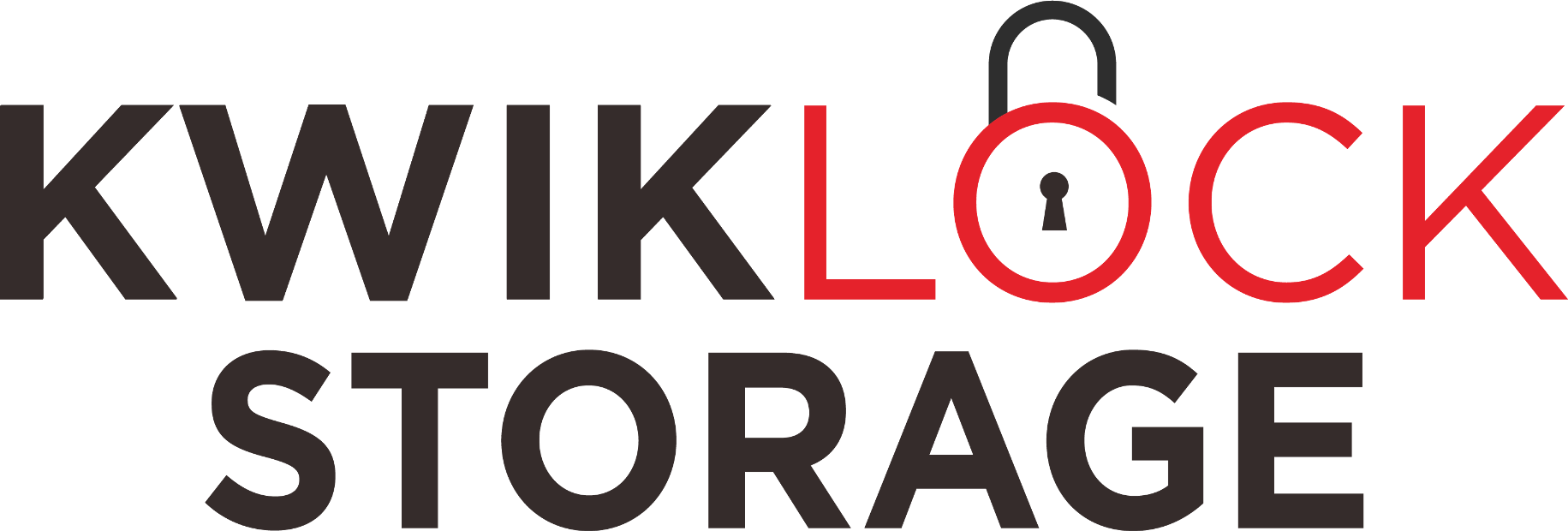Optimal Self-Storage Packing Guide: Protecting Your Valuables and Optimizing Space
Planning and Inventory Preparation for Efficient Self-Storage
When it comes to self-storage, ensuring the safety and preservation of your belongings is paramount. Whether you're storing items from your home or office, taking extra precautions during the packing process can make a significant difference. In this guide, we will provide you with valuable tips on packing and organizing your items for self-storage. By following these guidelines, you can minimize the risk of damage, shifting, and deterioration while optimizing the available space.
Essential Packing Supplies for Optimal Protection
Boxes: Durable, Clean, and Environmentally Friendly
Investing in high-quality cardboard boxes offers durability and cleanliness, providing reliable protection for your belongings. While purchasing new boxes is recommended, whenever possible, reusing undamaged boxes that items originally came in is an eco-friendly option. Custom-designed packaging can offer enhanced safeguarding for each specific item.
Specialized Boxes for Fragile Items
When it comes to delicate items like dishes, china, glassware, and fine china, using specialized cube-shaped cardboard boxes is crucial. These boxes are specifically designed to stack securely and protect fragile items during storage.
Tailored Solutions for Unique Items
Certain items require specialized packing solutions. Consider utilizing mini china boxes for smaller plates and delicate china, lamp boxes for lamps and lampshades, wardrobe boxes with hanging bars for clothes and accessories, and mirror/picture boxes for safely storing various-sized mirrors and artworks.
Protection for Electronics and Fragile Equipment
Electronics such as televisions, microwaves, and computers demand extra care during storage. Use sturdy, double-thickness television boxes, which can also accommodate other electronic devices. Additionally, ensure sufficient protection for valuable posters by rolling them and storing them in dedicated poster tubes.
Additional Packing Supplies for Added Safety and Convenience
Wrap and Cushion with Care
To protect irregularly shaped items and delicate surfaces, consider using corrugated wrap, which offers excellent protection and shock absorption. Wrap fragile items, including vintage textiles and precious possessions, with acid-free white tissue wrapping paper to prevent scratches and damage. Use foam egg crates to separate and cushion delicate items like dishes.
Shielding Furniture and Fragile Objects
Safeguard your furniture from dust, scratches, and nicks during storage by utilizing sofa and chair covers. For lightweight fragile items, such as small decorations or trinkets, styrofoam peanuts provide an effective cushioning material. Additionally, bubble wrap is ideal for wrapping fragile items and electronics, protecting them from static, dust, and movement. Use shrink wrap to secure boxes together, offering added protection during transportation and safeguarding items from moisture, dirt, and theft.
Essential Tools and Accessories for Efficient Packing
Tools for Cutting and Sealing
A sturdy pair of scissors and a box knife are essential tools for both packing and unpacking. They enable you to cut packing materials and open boxes with ease.
Efficient Labeling and Organization
Use permanent markers to label boxes and create a clear inventory system. Consider using code words for expensive or precious items as an extra precaution. Labels can also be used to indicate the owner's name and the contents of each box, facilitating easy retrieval.
Moving Heavy and Bulky Items
To simplify the process of moving heavy appliances, stacks of boxes, or other bulky items, having a dolly is essential. A dolly provides a convenient and efficient way to transport refrigerators, stoves, and other large appliances, as well as stacks of boxes. It saves you from potential injuries and makes the moving process smoother.
Planning Ahead for Optimal Storage Space Utilization
Before you start packing, take the time to plan and inventory the items you intend to store. This step helps you determine the type and quantity of packing supplies required. Additionally, knowing the size of the storage unit you'll be renting allows you to visualize how items will be organized and stacked. If you're unsure about the number of boxes or tape rolls needed, it's better to purchase slightly more than necessary to avoid last-minute shopping trips. Most merchants allow returns of unused or unopened supplies, so keep your receipts and inquire about their return policy.
By prioritizing proper packing techniques and using quality packing supplies, you can ensure the long-term protection of your belongings while they're in self-storage. This guide has provided you with a comprehensive list of essential packing supplies and highlighted their advantages. Remember to plan and inventory your items beforehand to optimize space utilization. By following these tips, you'll have peace of mind knowing that your valuables are well-protected and organized during their time in self-storage.
The advice on this website is provided as a courtesy for informational purposes only.
